Pilot Point is a tiny village (fewer than 70 inhabitants) located on the Alaska Peninsula. The school's 13 or so students come from only a handful of families and attend on a modified schedule which takes subsistence hunting and fishing into consideration. The village is located on a small bluff overlooking the mouth of the Ugashik River. Behind the village, tundra riddled with small lakes stretches for miles to a horizon of snow-covered mountains dominated by the smoking cone of Chiginagak Volcano.
Before I left for Pilot Point, I created the basic design for our mural using Adobe Illustrator. The background layer is a photo for the gymnasium where my liaison teacher suggested we might do our project. I drew in a number of potential shapes of ravens and foxes, two critters I knew the area had in great abundance. The school mascot is a lynx, so I left that open as an option too. The strange patterned ovals below the main image are a concept I was toying with for making the tundra from layers of patterned tussocks.
My first day in Pilot Point I prepared our working space by taping the edges of the image area and fastening a drop cloth onto the gym floor. Then I gave the background of our space a nice coat of light blue paint. When the high school arrived for class the next day, I was surprised to have only two students. I showed them the image and we talked about what kinds of modifications they would like to make. We decided to change the foxes to wolves which have a deeper meaning in their lives and memories.
Two more high schoolers joined us for tracing the projected image. Then I taught them how to use black, white and the primary colors (red, yellow, blue) to create almost any other color. After some experimentation, they created some base colors for the wolves and painted them in.
Using local vegetation and animal tracks, I helped students to look for natural shapes that and patterns with axial and radial symmetry.
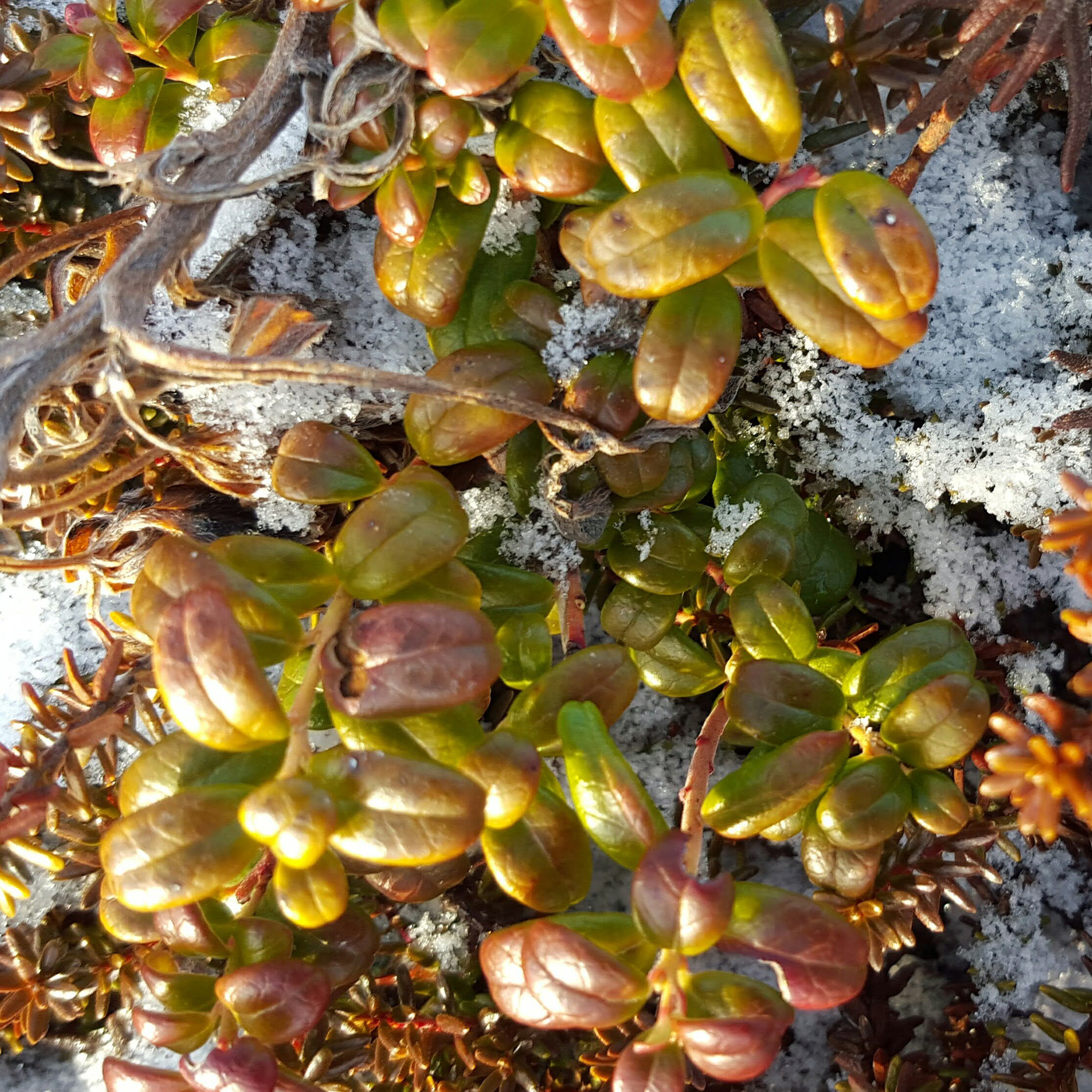
Cranberry
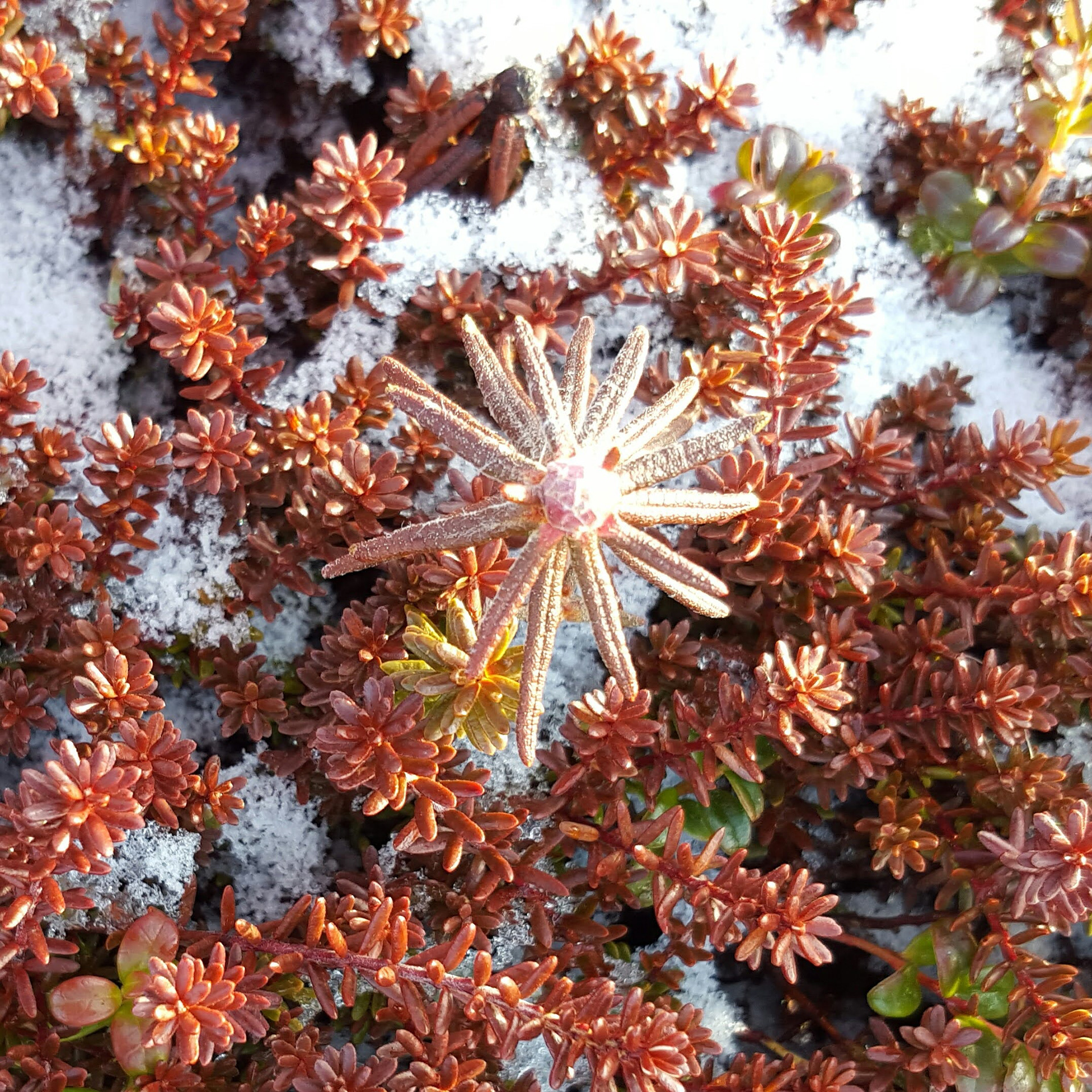
Crow Berry
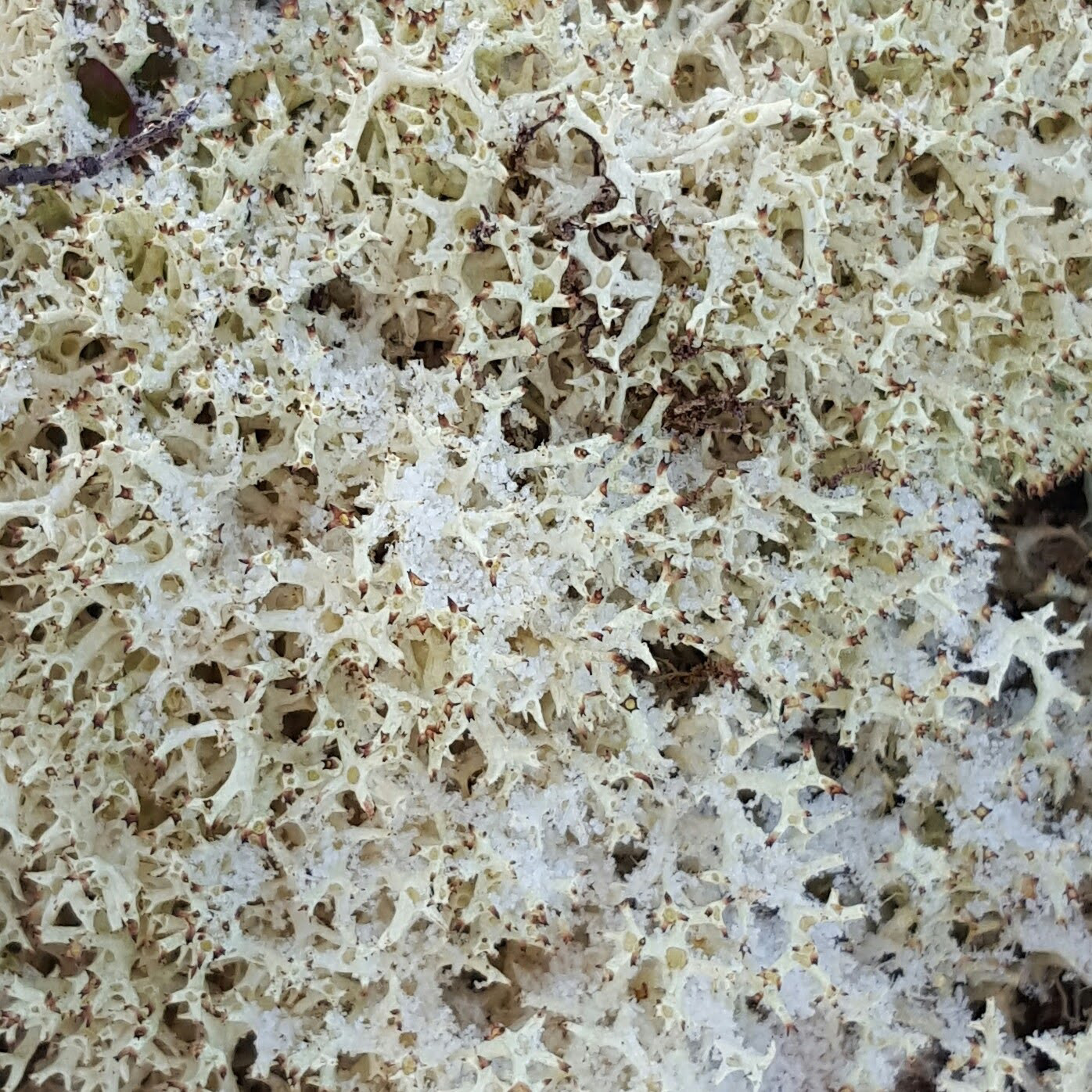
Lichen
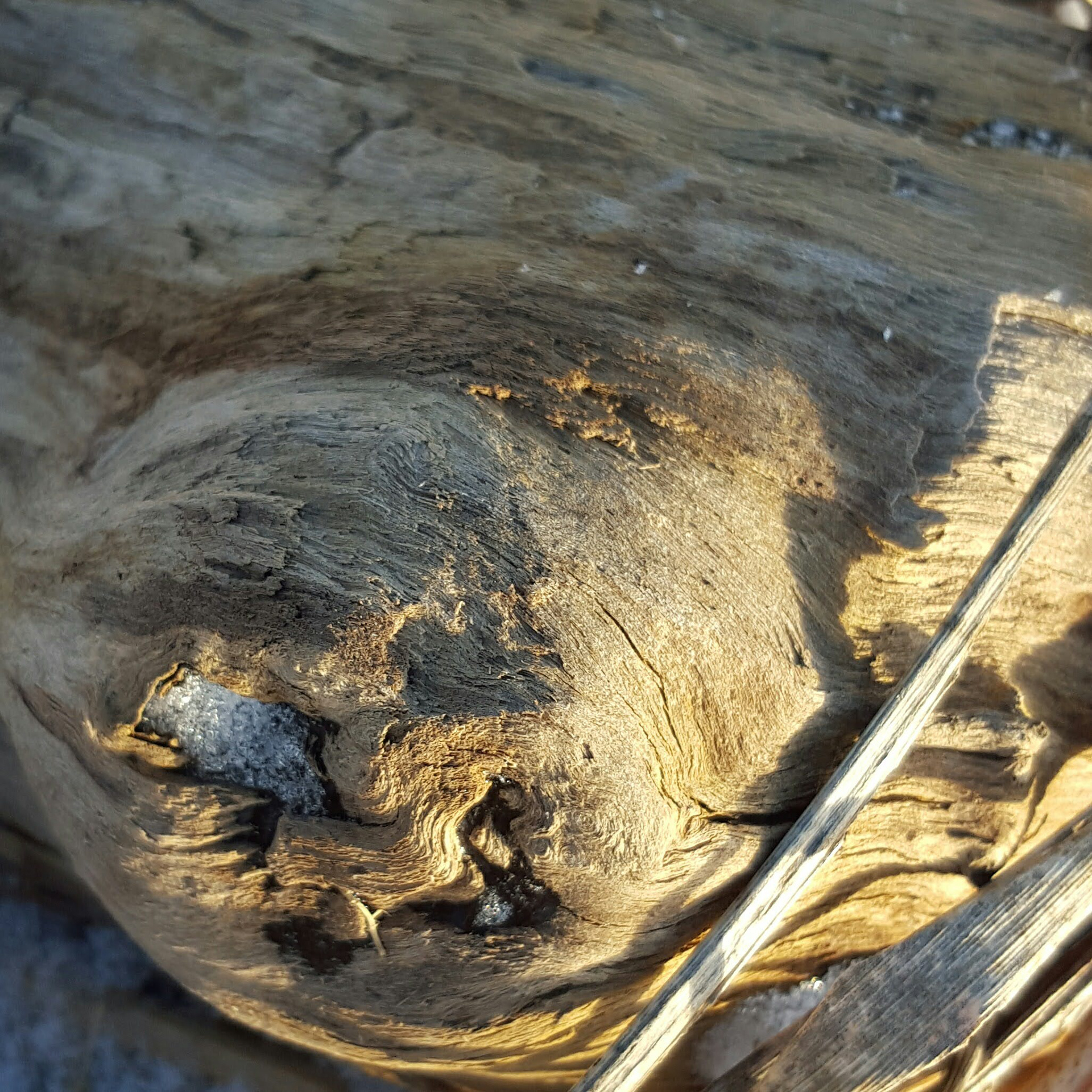
Wood
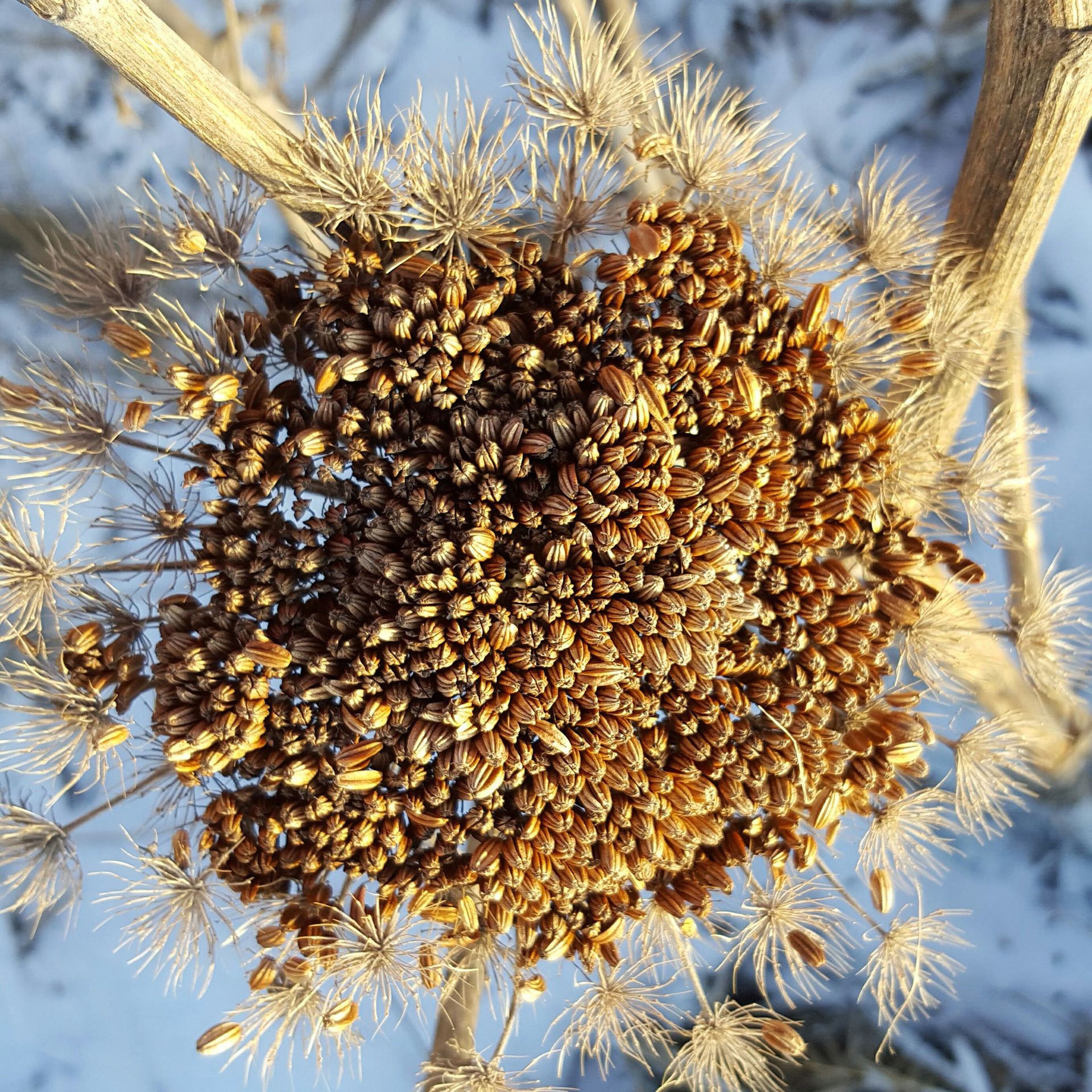
Pushki
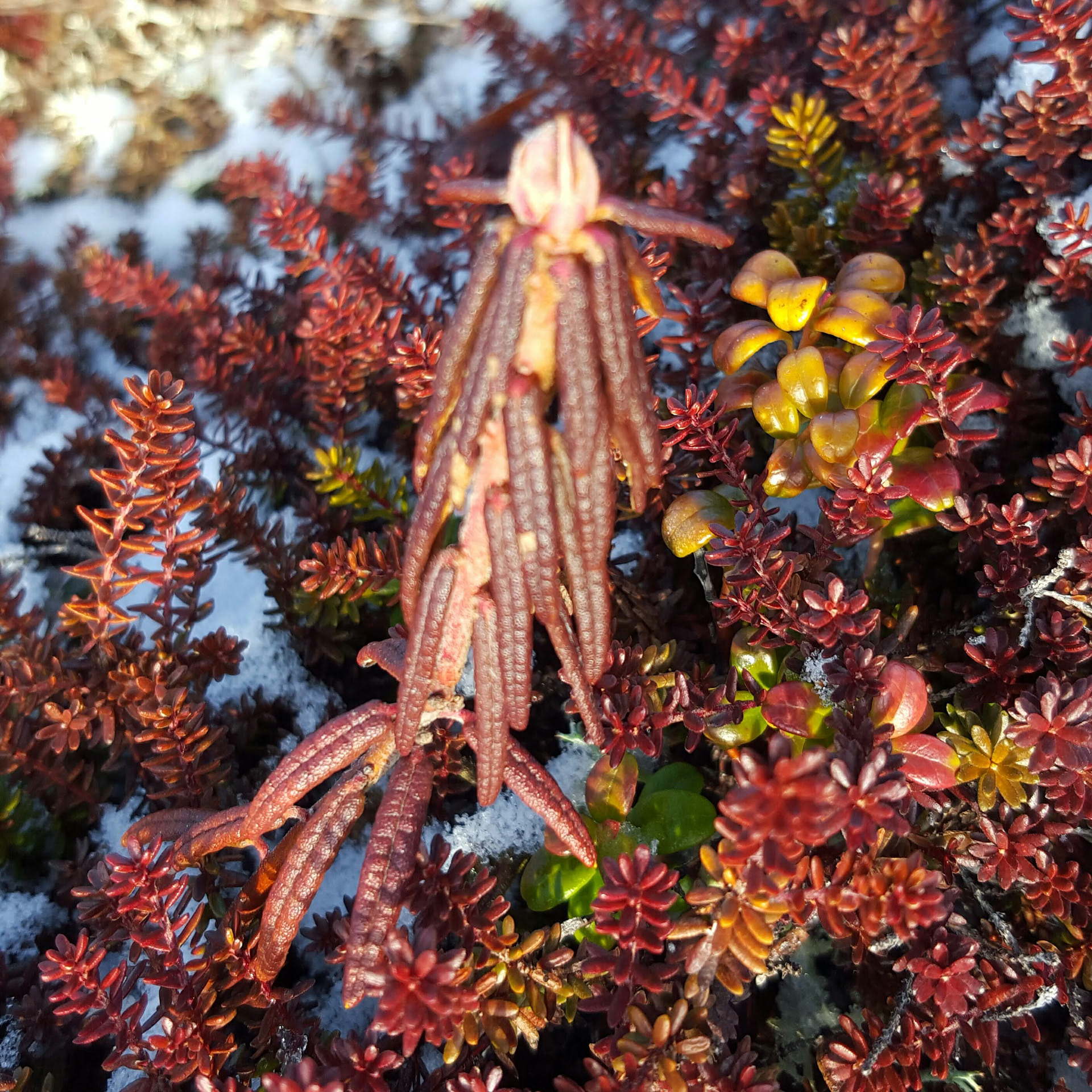
Labrador Tea

Alder Cones
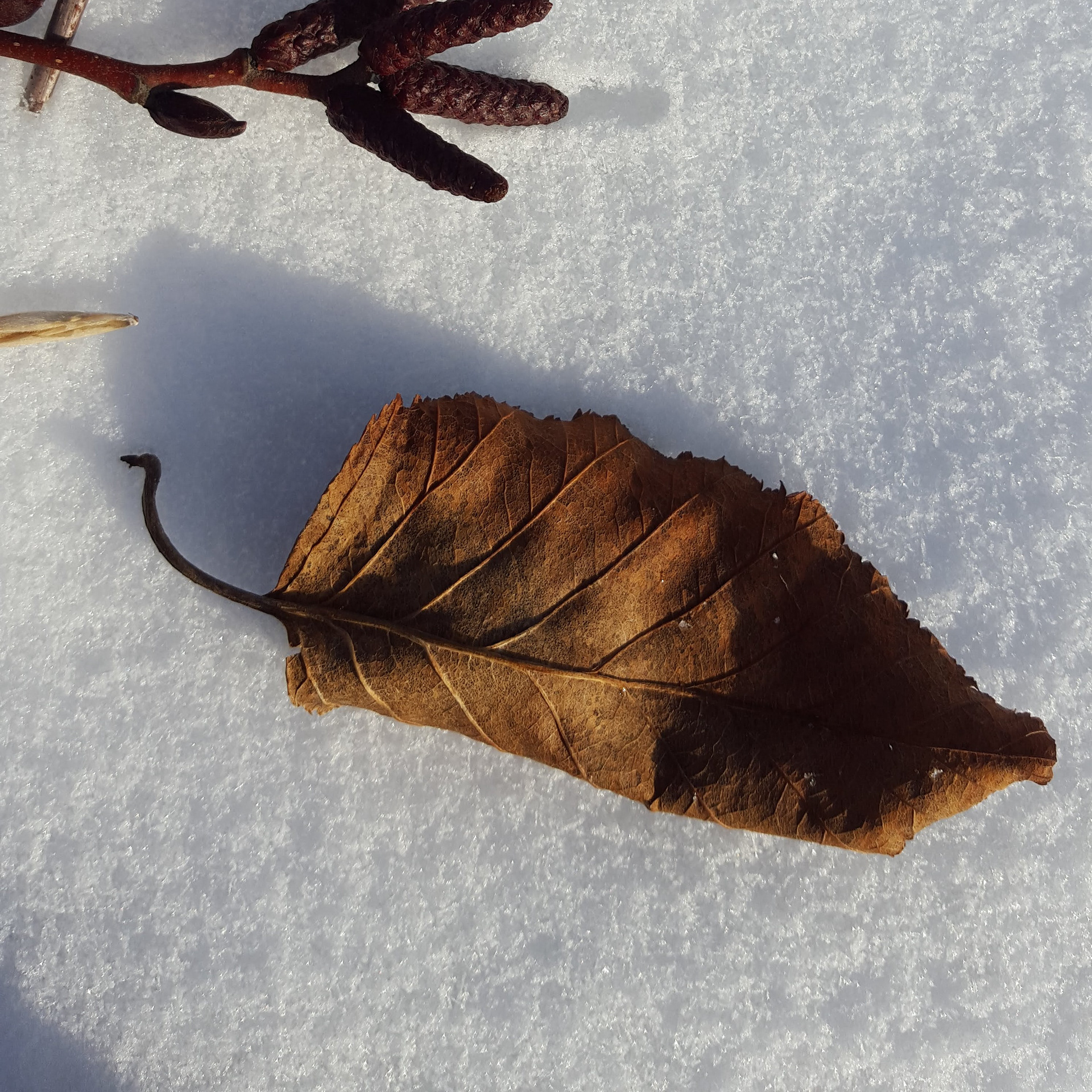
Alder Leaf

Grass
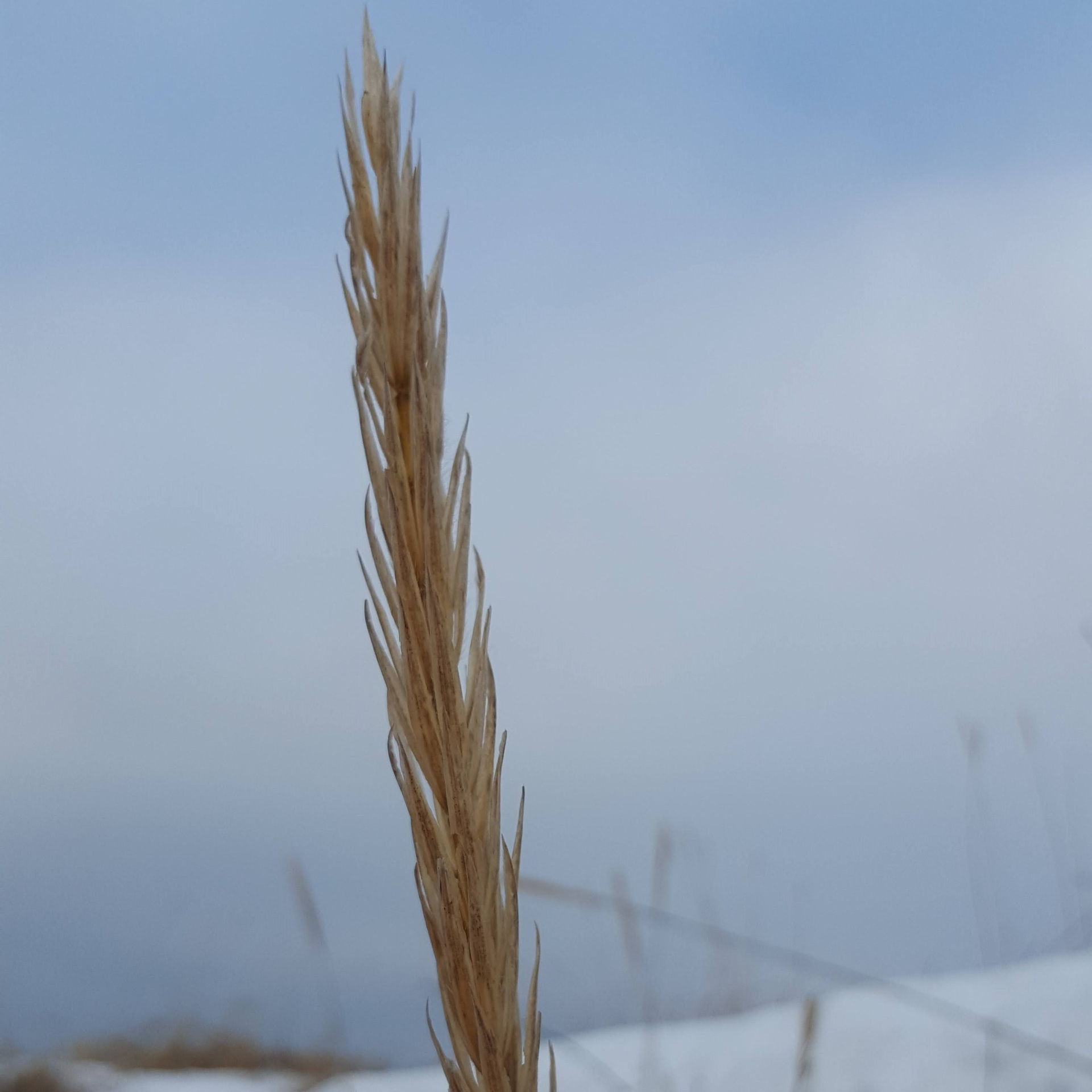
Grass Seed
Next I showed the elementary students (usually I had four of them for the whole morning) how to draw a simple fox and fill in large areas of the design with repeated patterns for a zentangle effect. We took this concept and used it to paint, stamp, sponge and stencil radial patterns onto the individual tussocks. Even the preschoolers got to help make patterns with sponges and q-tips after we taped off safe areas for them to work in!
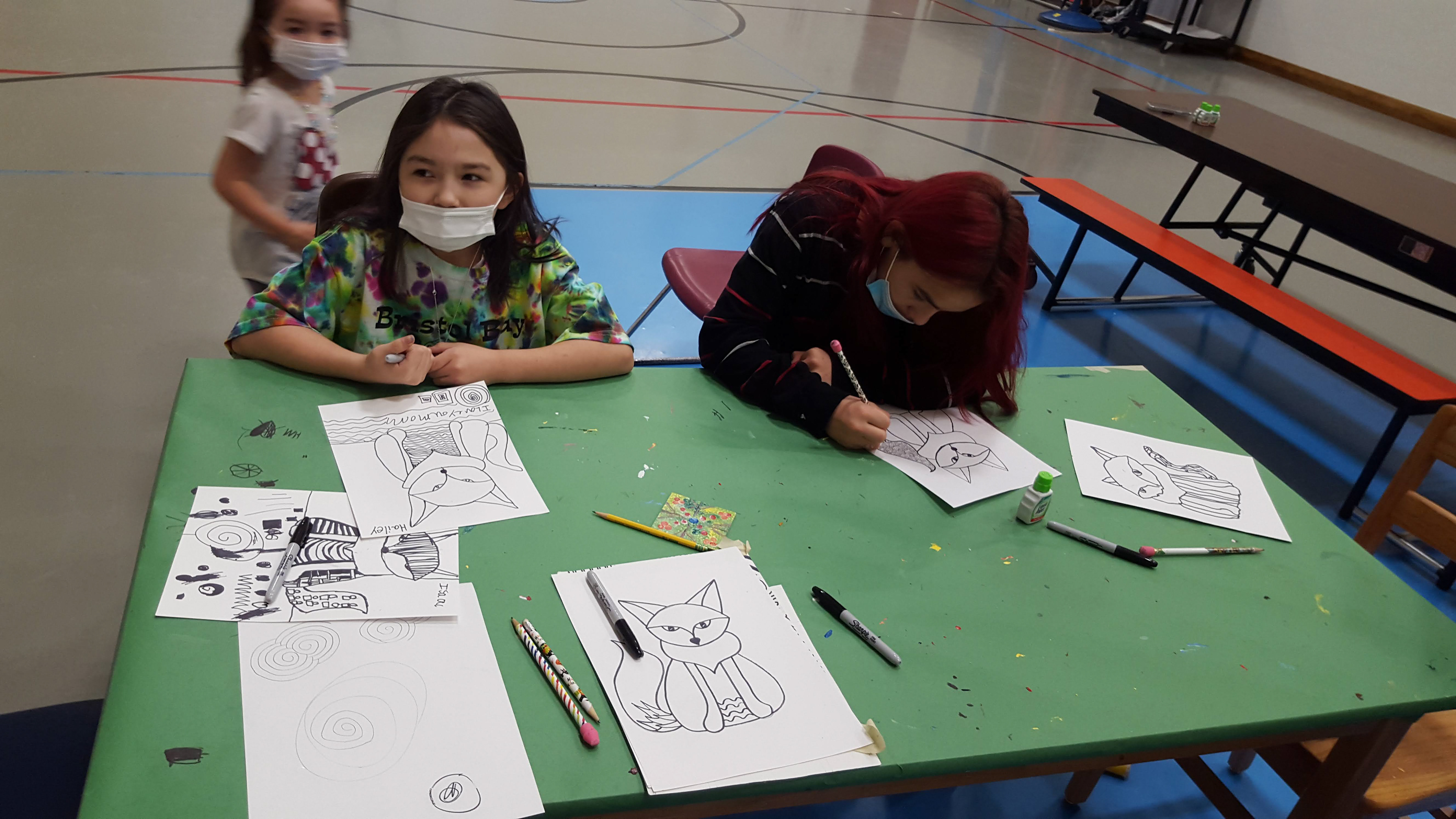

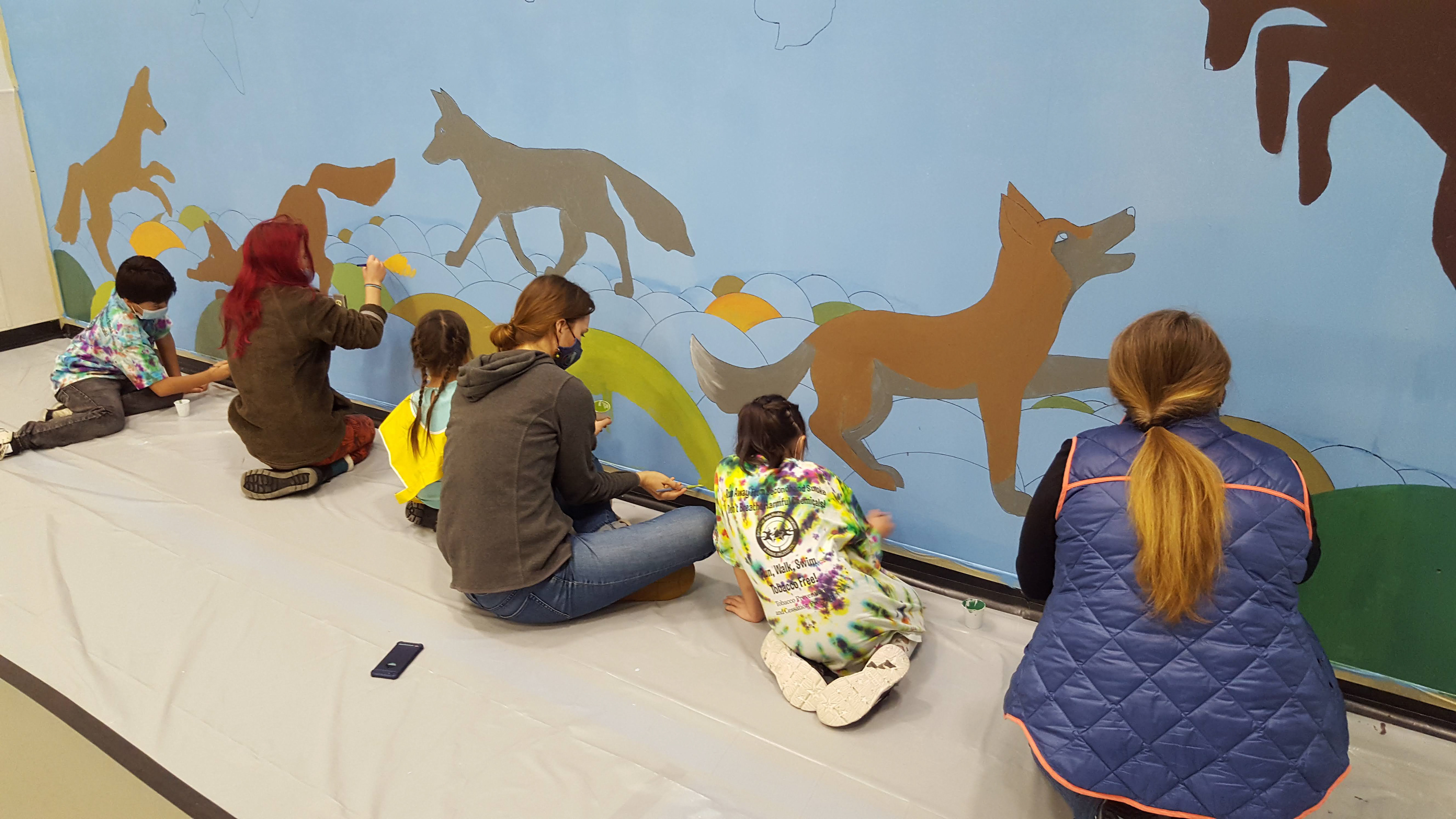

The high school students and teachers followed the same principles to create zentangle patterns for the ravens in the mural. By varying the densities and intensities of their patterns, they were able to create contrasting areas of lightness and darkness. We decided to let the background blue shine through to give the ravens a light ethereal quality like wind spirits.
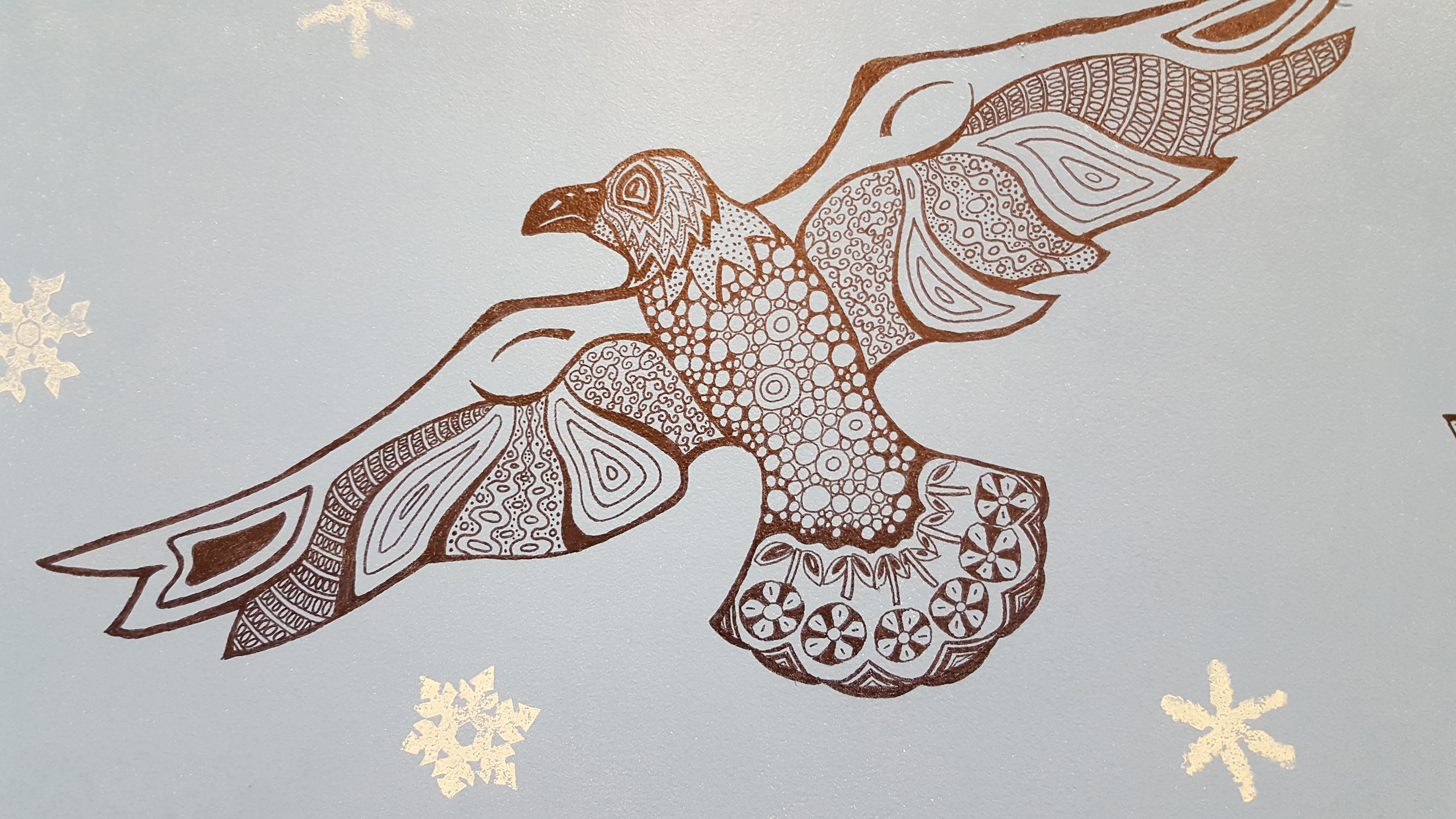
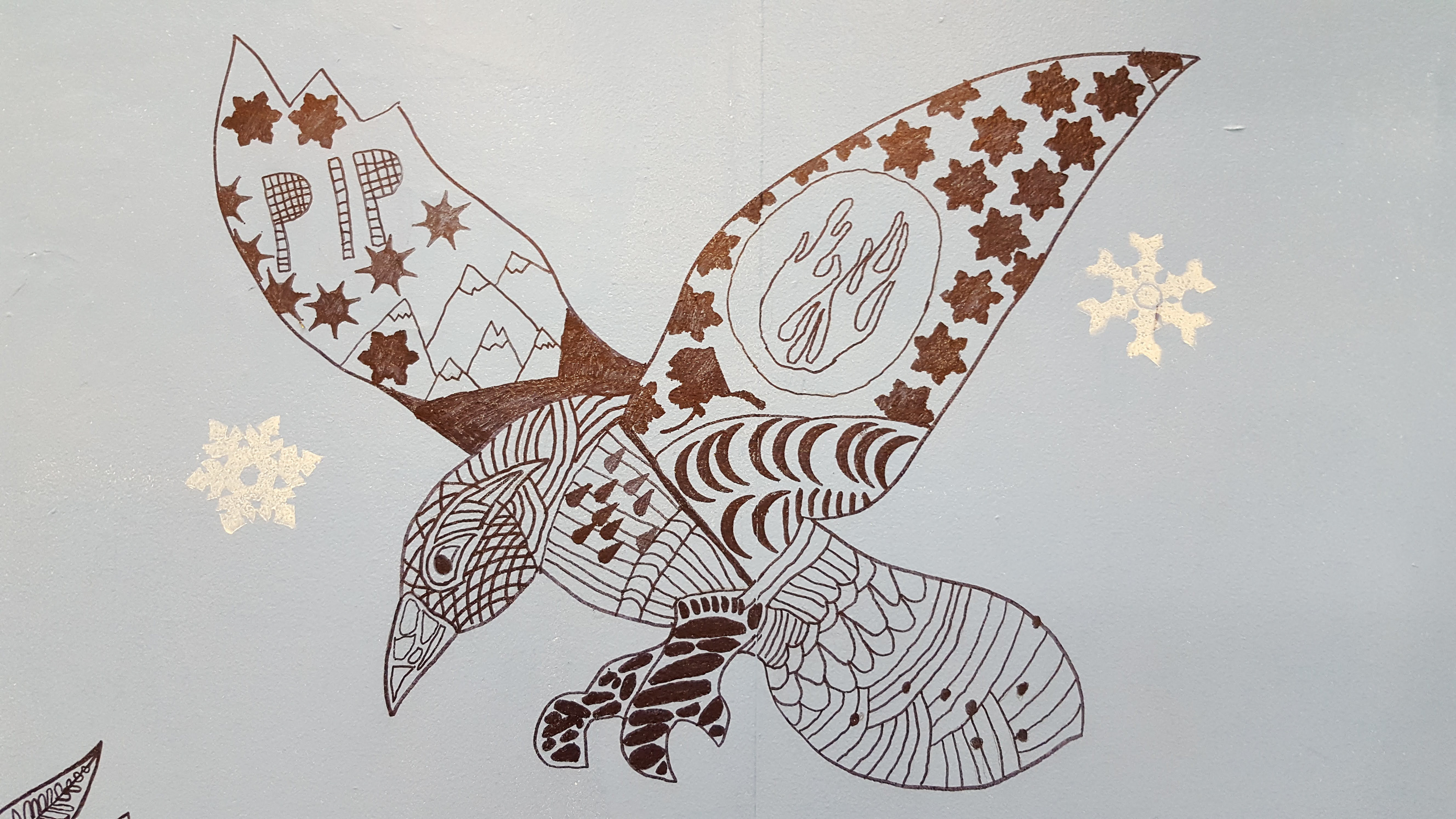
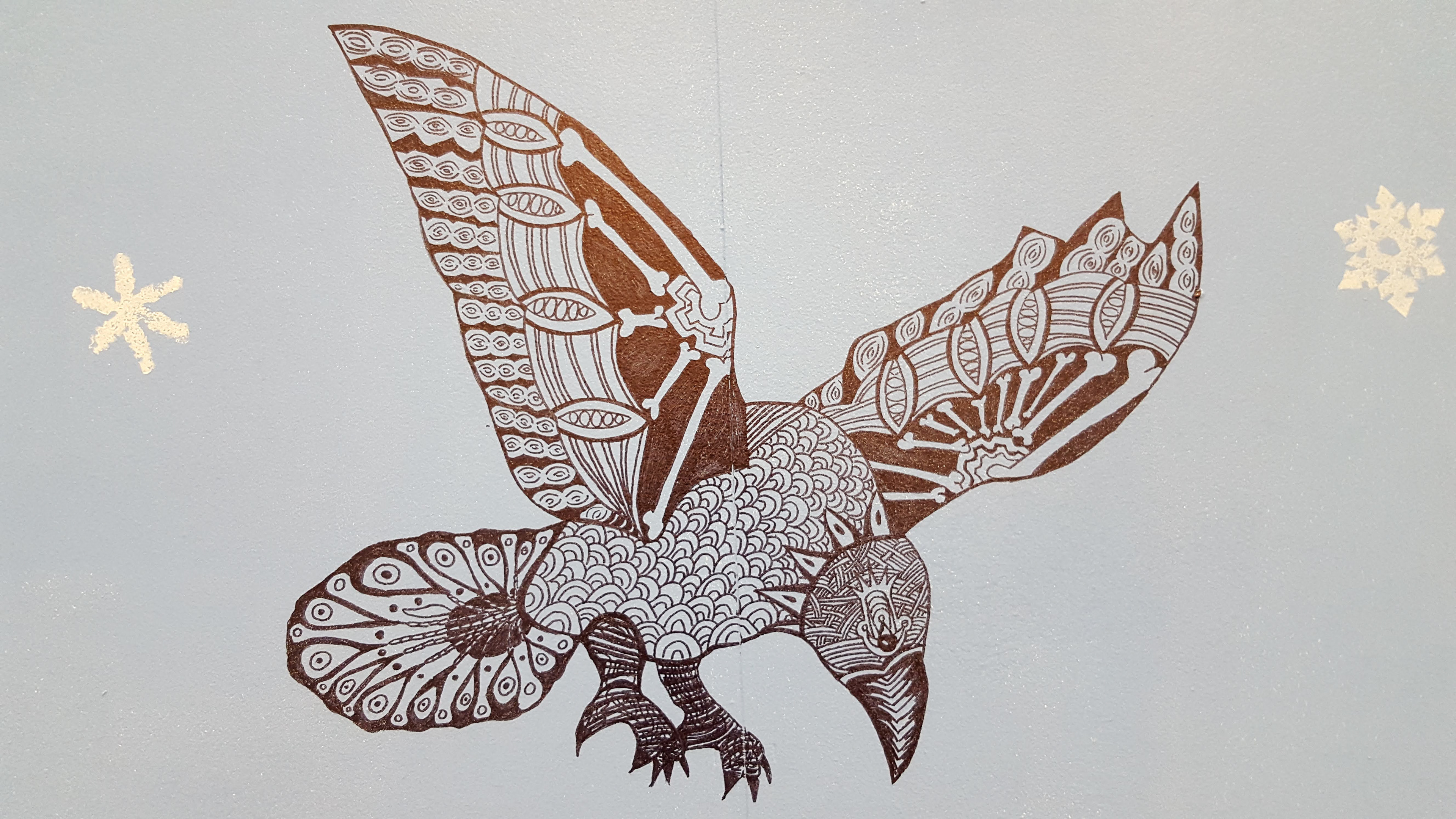
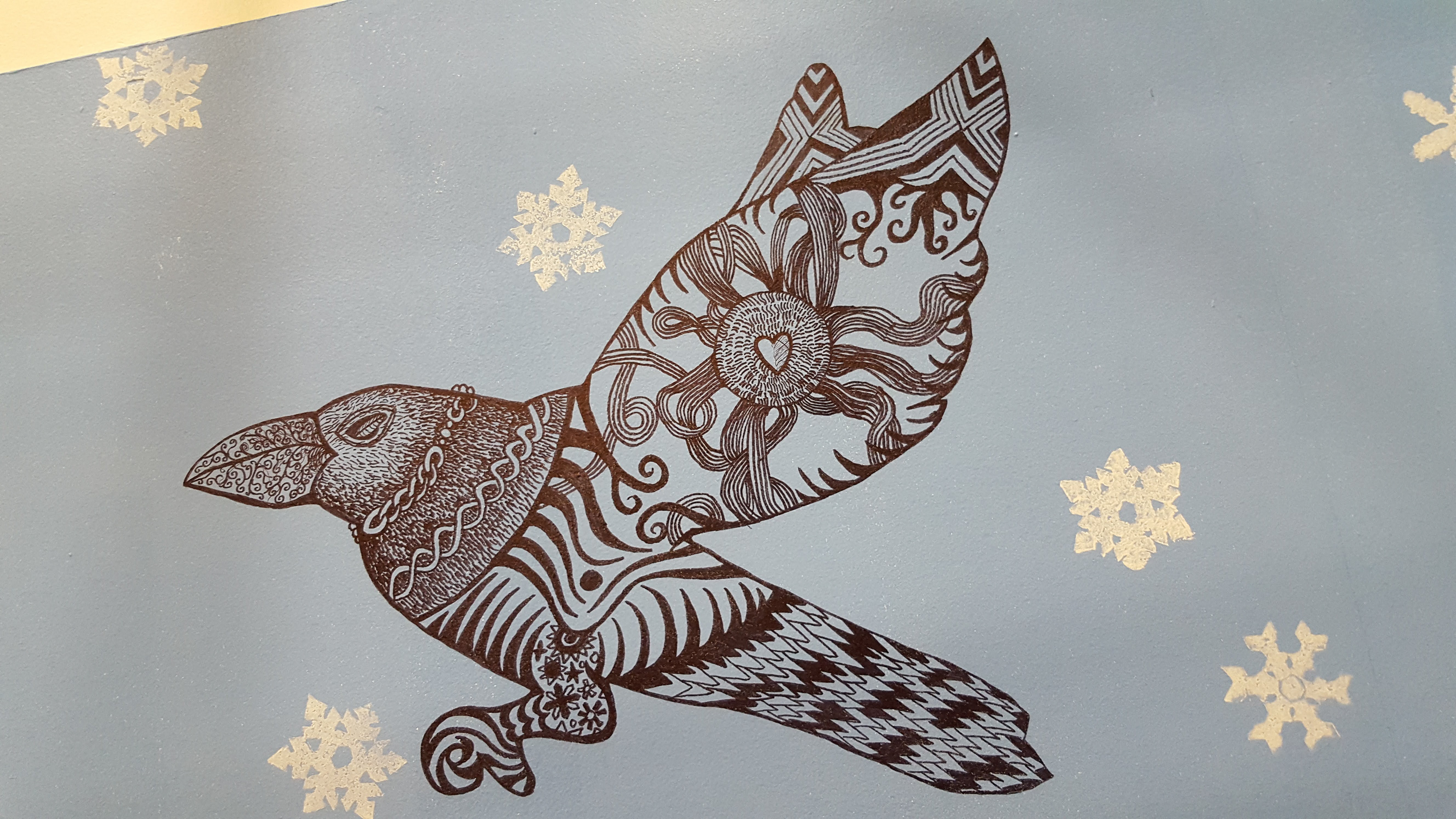
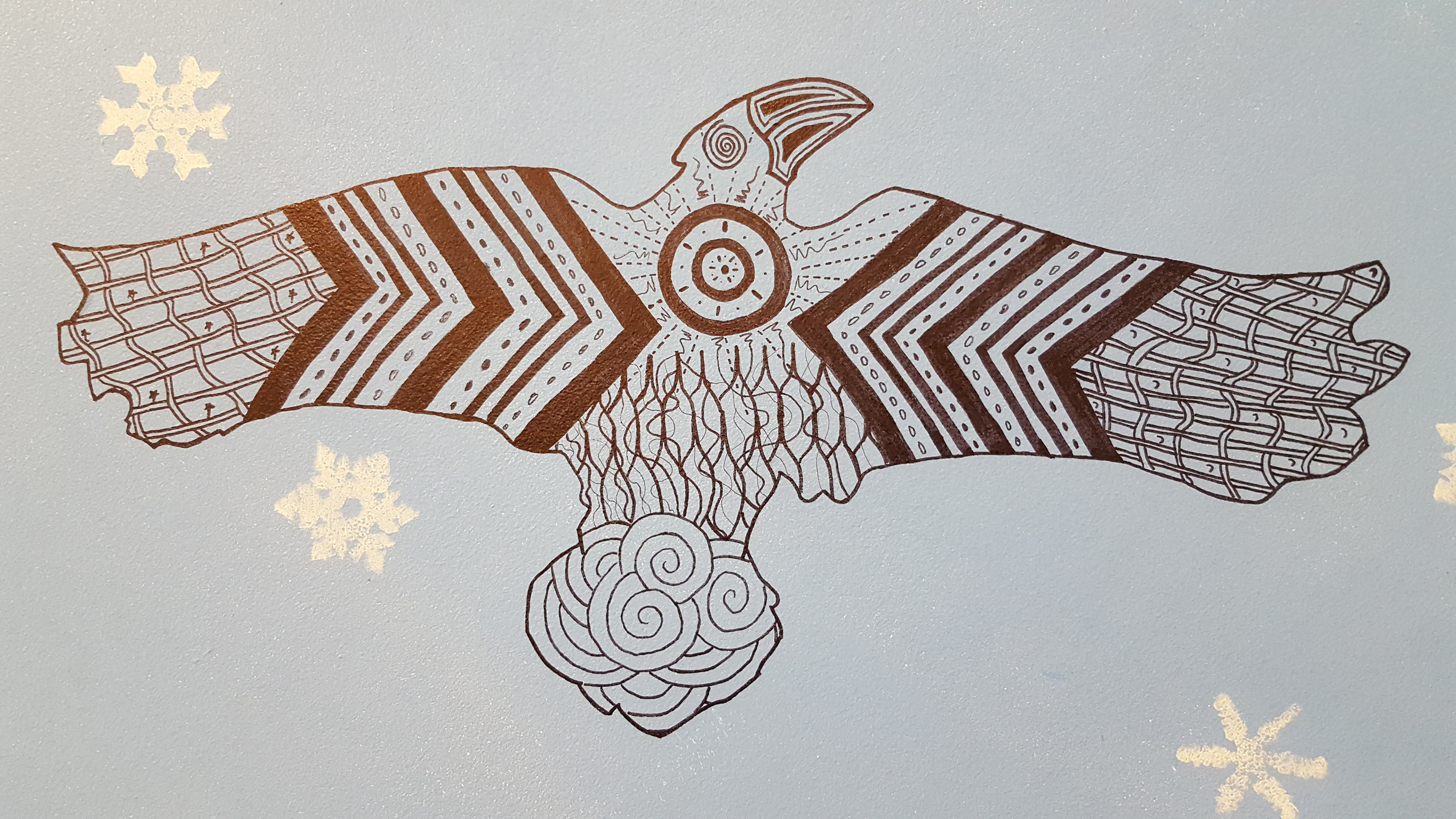

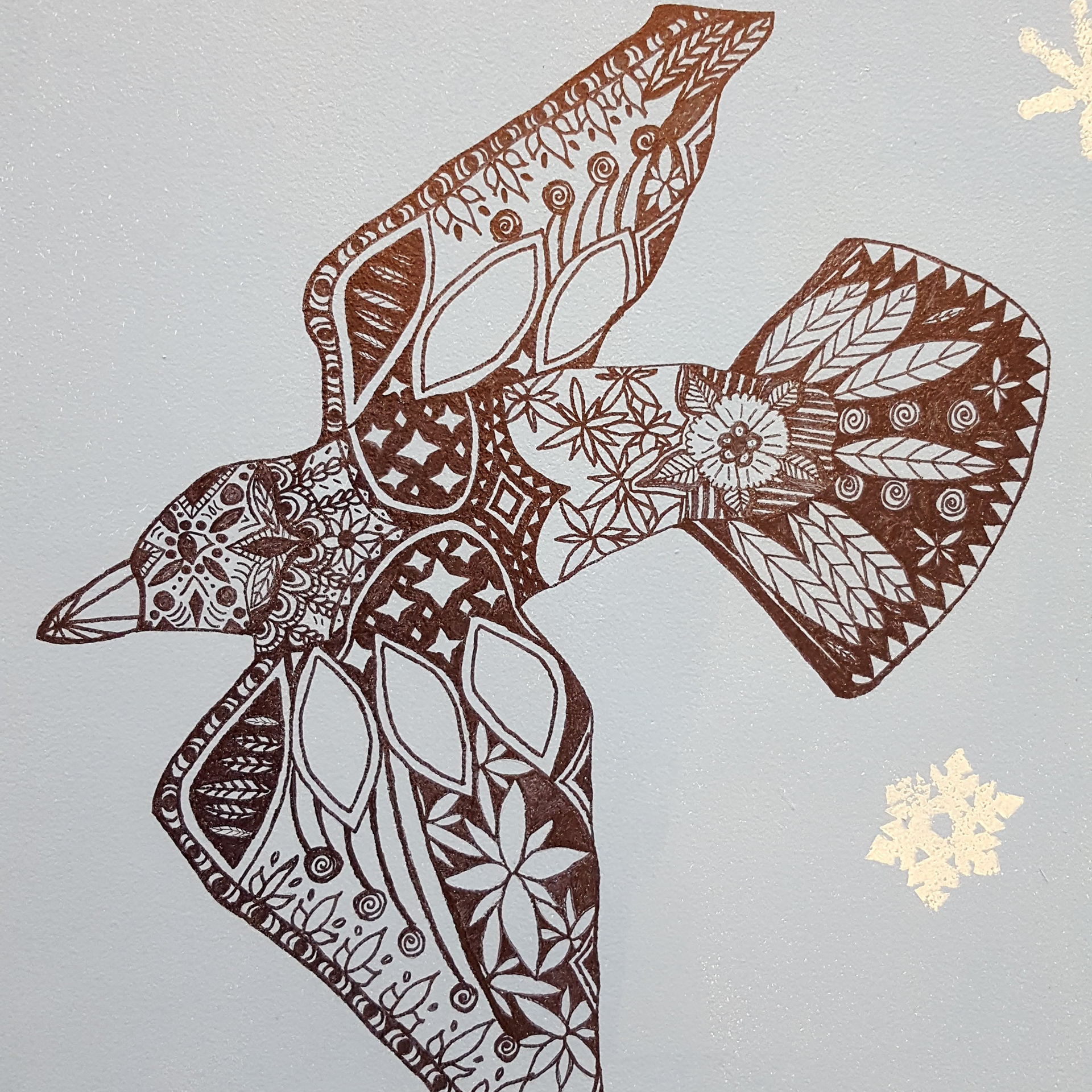
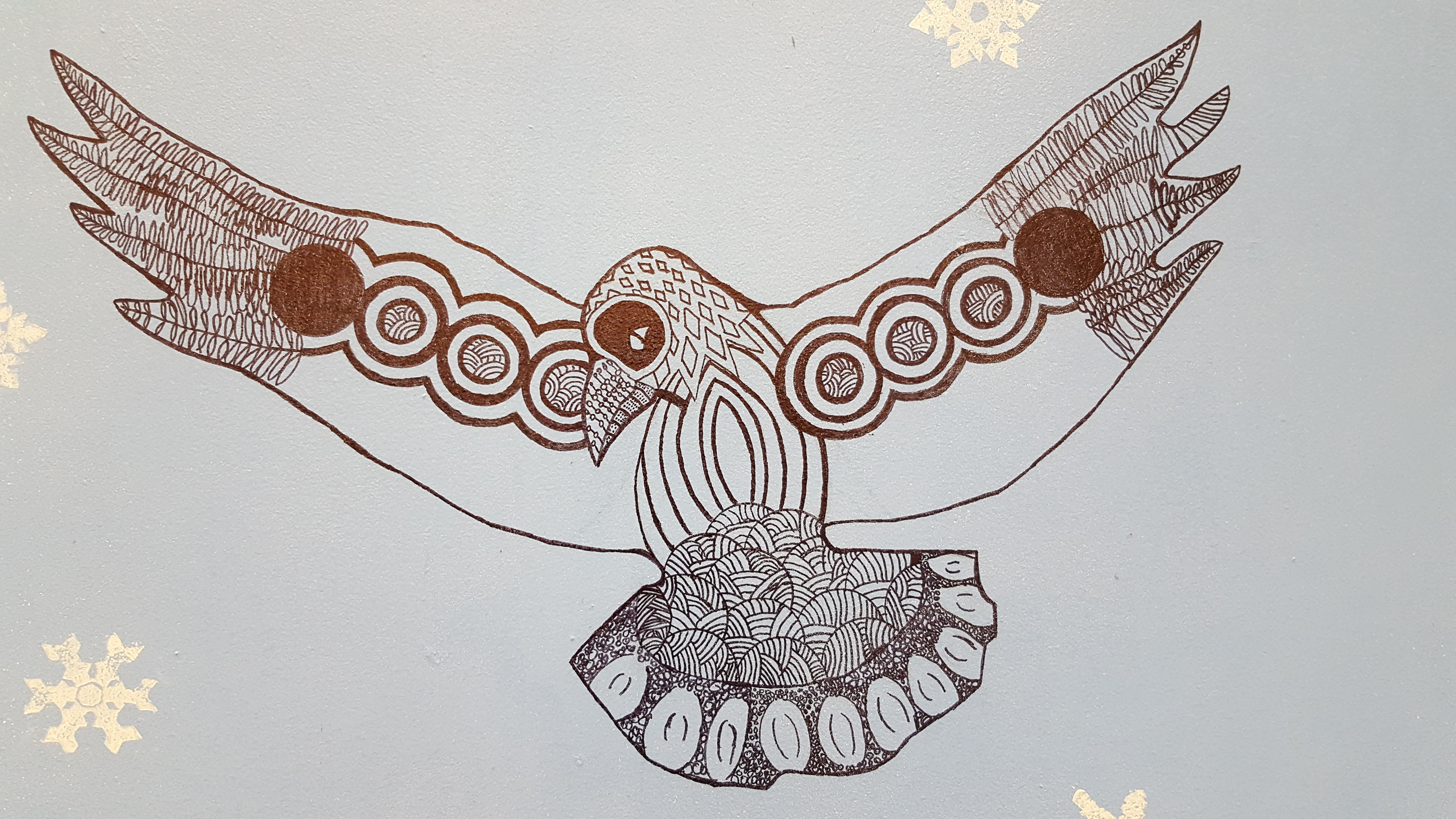

We then used linoleum cutting tools to create hexagonal snowflake printing blocks and stamped them between the ravens and tussocks to build a unifying matrix for our design. We also drew in fur patterns on the wolves, trying to visualize and then replicate the proper direction for the fur to smooth in different areas of the body.

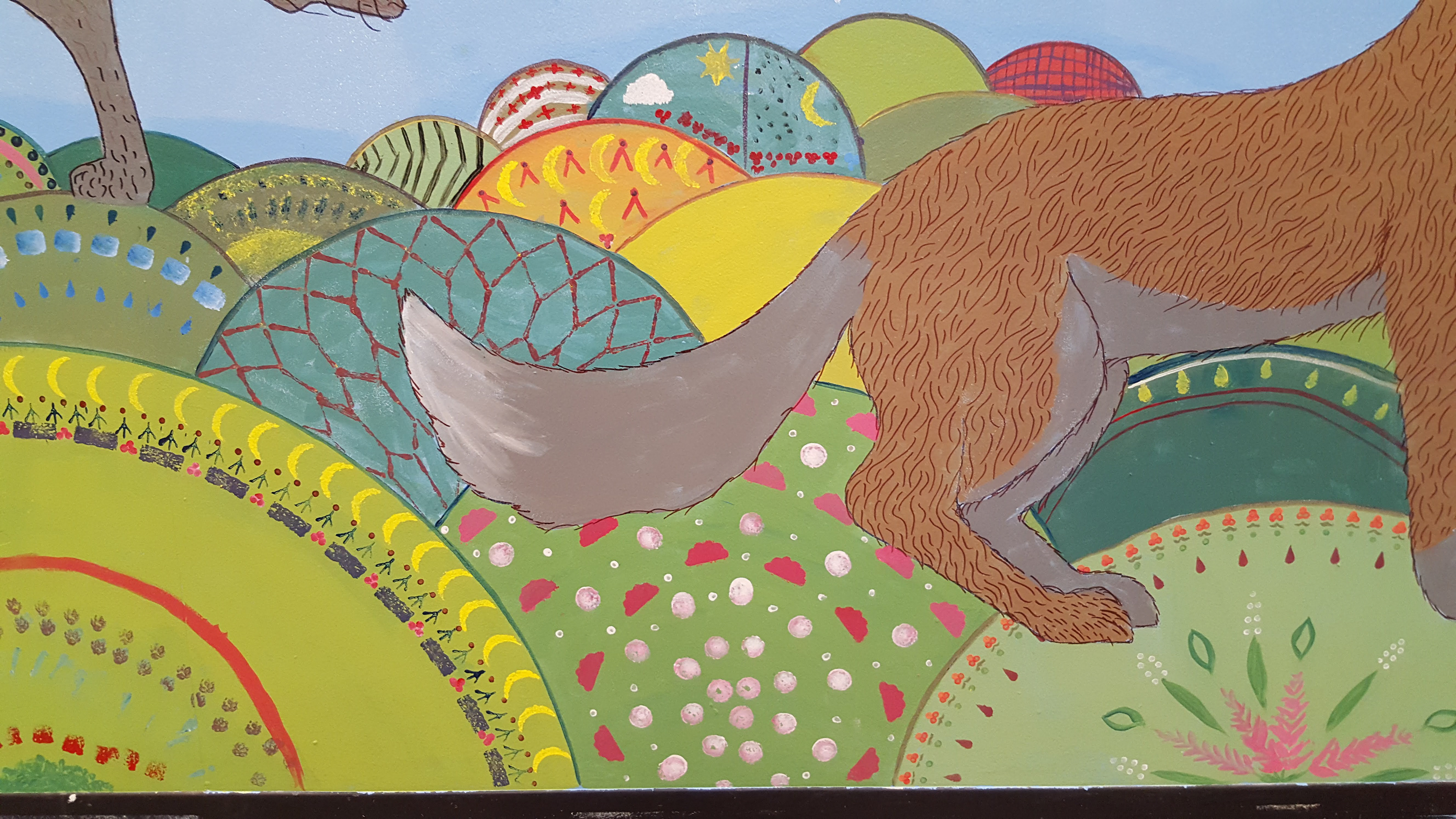
Finally the mural was complete. Still, the work wasn't done. Using the painted tundra as a research site, each student and teacher counted the tussocks and recorded our count. We added our results together and divided by the number of our "researchers" to get an average. We then classified the tussocks by color, and tallied how many of each variety we had in our research plot. From the tallied data we made a bar graph so we could quickly see which kinds of tussocks were more or less prevalent. I left the teacher with more ideas of how to use the tundra or the snowflakes in the background for collecting other data, learning about fractions and even practicing using a coordinate plane.
Now the students and staff at Pilot Point can enjoy their mural as they eat, play and learn beside it. Maybe they will use the picture to tell a collaborative story about the wolves or write poems about ravens playing in the wind. Maybe they will decide to add more details to the tundra or paint the distant snow-covered volcano in the background. Whatever they do, I hope the memories of working together to create their new space will stick with them as a source of pride and inspiration for years to come!